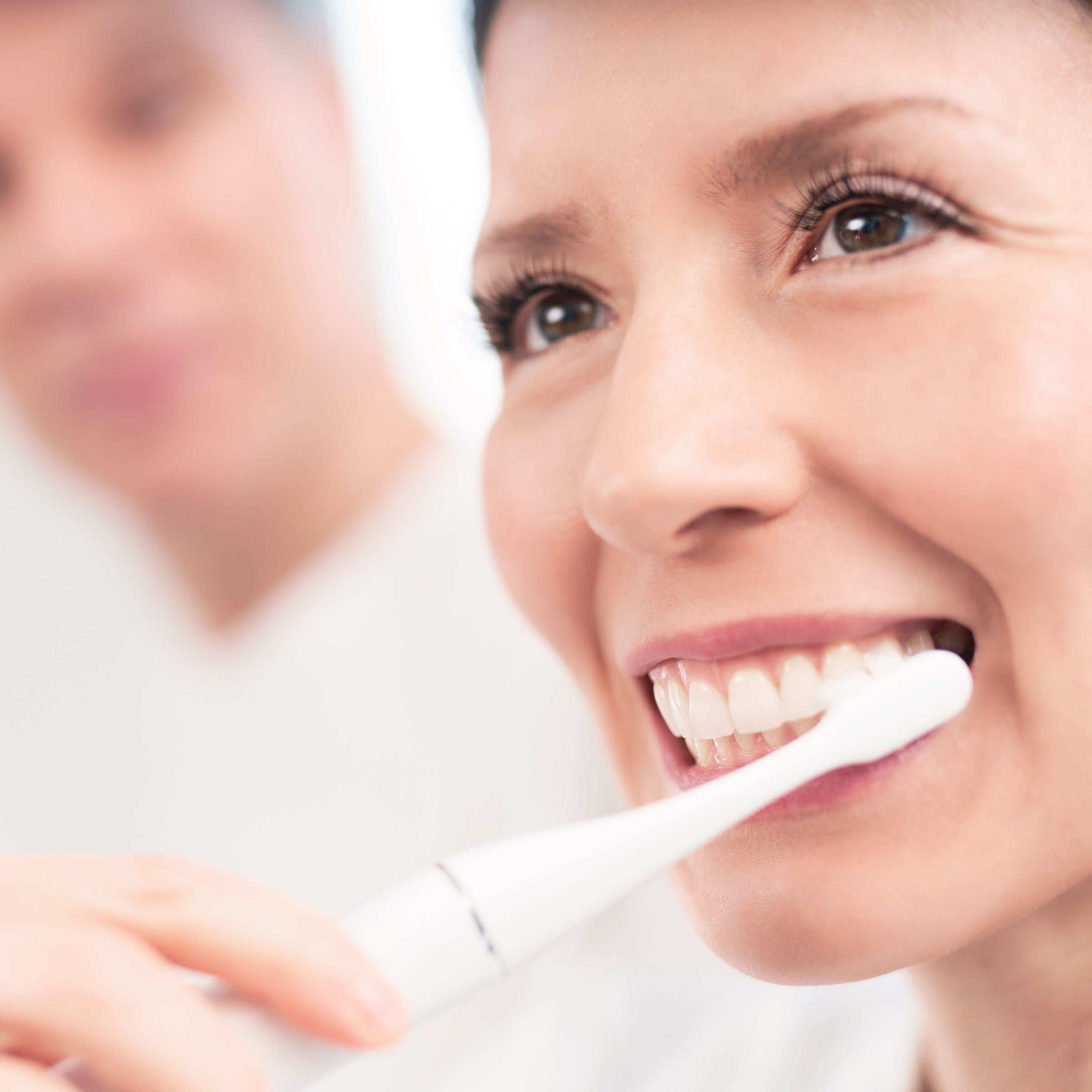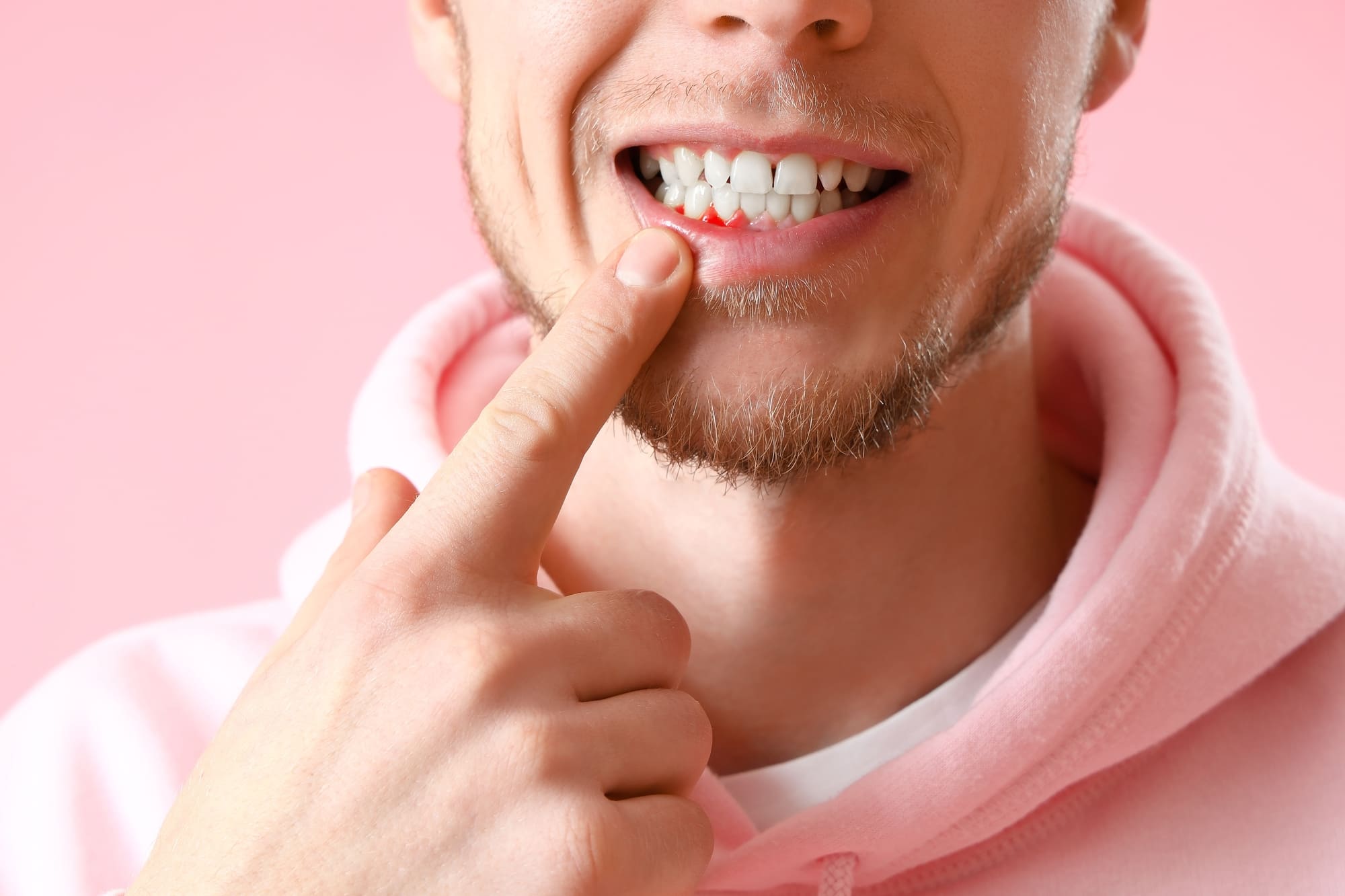Using a sonic toothbrush correctly – Step-by-step guide for thorough dental care

Using a sonic toothbrush correctly – Step-by-step guide for thorough dental care
Anyone using a sonic toothbrush for the first time will immediately notice: The feeling in your mouth afterward is different – noticeably smoother, fresher, cleaner. But what really matters? How do you use the technology correctly? And what mistakes can be easily avoided?
In this article, you'll learn how to optimally use your sonic toothbrush, what its advantages are – and how to make your daily dental care not only more thorough but also easier.
What makes the sonic toothbrush special?
Unlike rotating brush heads, sonic toothbrushes work with high-frequency vibrations. For example, the sonic toothbrush from WhyteDOT. generates up to 72,000 micro-movements per minute, which not only set the bristles in motion but also create a dynamic fluid flow in the mouth.
This cleans even where traditional toothbrushes reach their limits – such as in the interdental spaces or at the gum line.
The result: An especially thorough yet gentle cleaning – without any effort. Our brush also starts particularly comfortably with a gentle soft start, allowing for stress-free positioning in the mouth.
Step-by-step guide: Using a sonic toothbrush correctly
1. Preparation
-
Rinse mouth with water before brushing
-
Apply a pea-sized amount of toothpaste, slightly moisten the brush head
-
Turn on the toothbrush only in the mouth (soft start)
2. Divide the mouth into 4 zones
Mentally divide your mouth into four areas:
-
Upper left
-
Upper right
-
Lower right
-
Lower left
👉 Each zone gets about 30 seconds – which results in the recommended brushing time of 2 minutes.
3. Proper positioning
-
Hold the brush head at a 45° angle to the gum line
-
Gently guide the brush tooth by tooth – without pressure
-
Important: If the bristles bend, you're applying too much pressure
4. Systematic cleaning
Clean systematically:
-
Outer surfaces
-
Inner surfaces
-
Chewing surfaces
💡 Tip: Finally, gently brush over the tongue to reduce bacteria.
5. After brushing
-
Spit out toothpaste and rinse mouth
-
Thoroughly clean the brush head and store it dry
-
Replace the brush head about every 3 months
Avoid common mistakes
-
Too much pressure
-
Too short brushing time
-
Unstructured sequence
-
Forgetting gum areas
-
Using worn brush heads for too long
How often should you brush with an electric toothbrush?
-
Twice daily: in the morning after breakfast, in the evening before bed
-
After sweet or acidic foods, wait a bit to protect the enamel
-
Be especially thorough if at higher risk (e.g., braces, implants, pregnancy)
FAQ – Frequently Asked Questions about Electric Toothbrushes
How do you use an electric toothbrush correctly?
→ Place it gently at a 45° angle to the gums, move slowly along the teeth – without pressure.
How long should I brush?
→ 2 minutes – divided into four equally long zones.
Is the electric toothbrush suitable for sensitive gums?
→ Yes – it cleans particularly gently as long as you don't apply pressure.
How often should the brush head be replaced?
→ Every 3 months or when visibly worn.
Can I use the electric toothbrush with braces or a bridge?
→ Generally yes – the fluid flow reaches even hard-to-access areas. When in doubt, ask your dentist.
Conclusion: Less effort, more impact
The electric toothbrush doesn't complicate your dental care – it makes it simpler, more structured, and more efficient. No pressure, no guesswork, with noticeable results.
Brushing becomes true care time – for healthy teeth and a good feeling in everyday life.
(c) Written by Dr.med.dent. Denise Busche




Comments